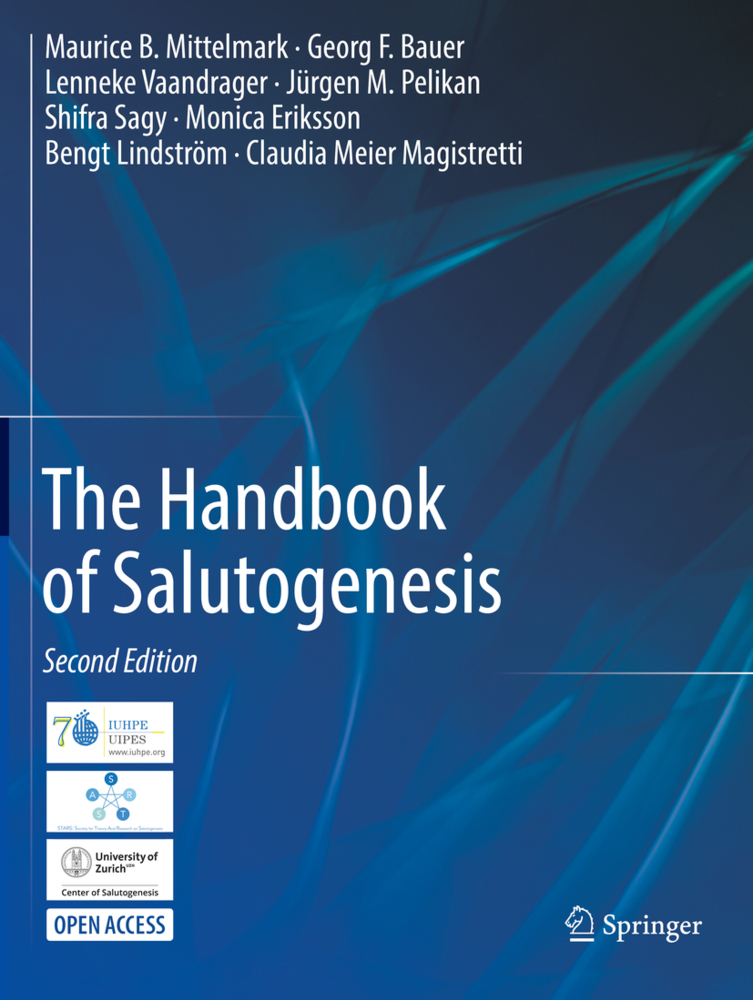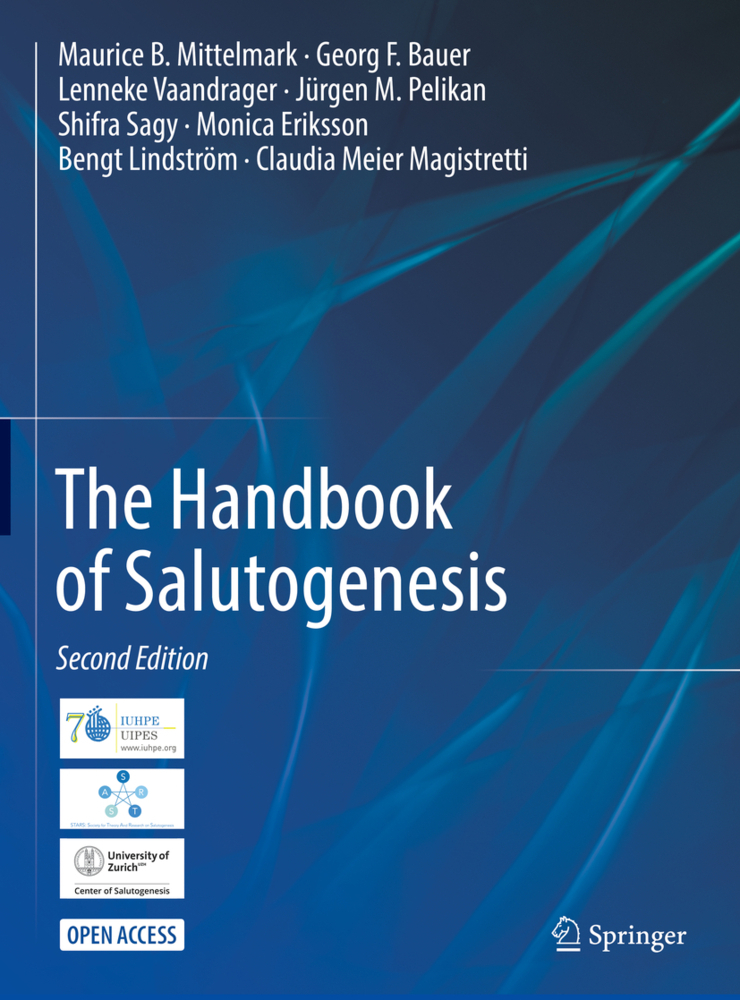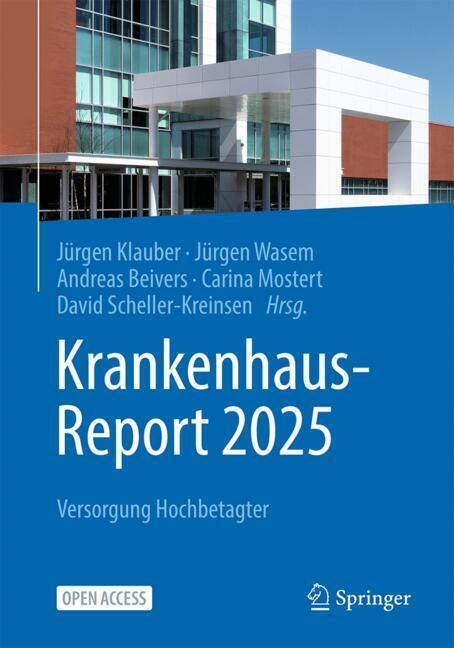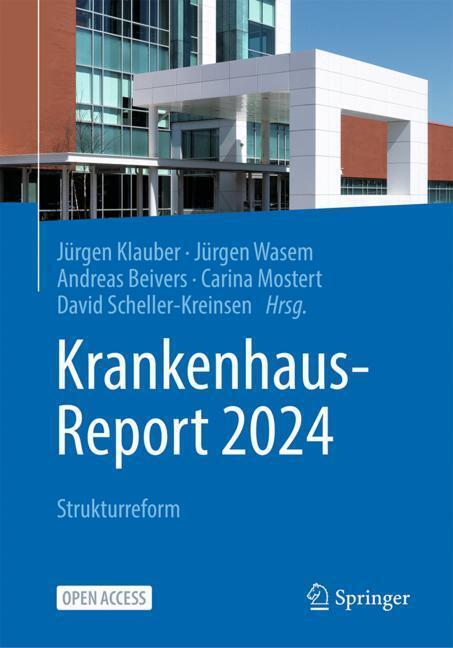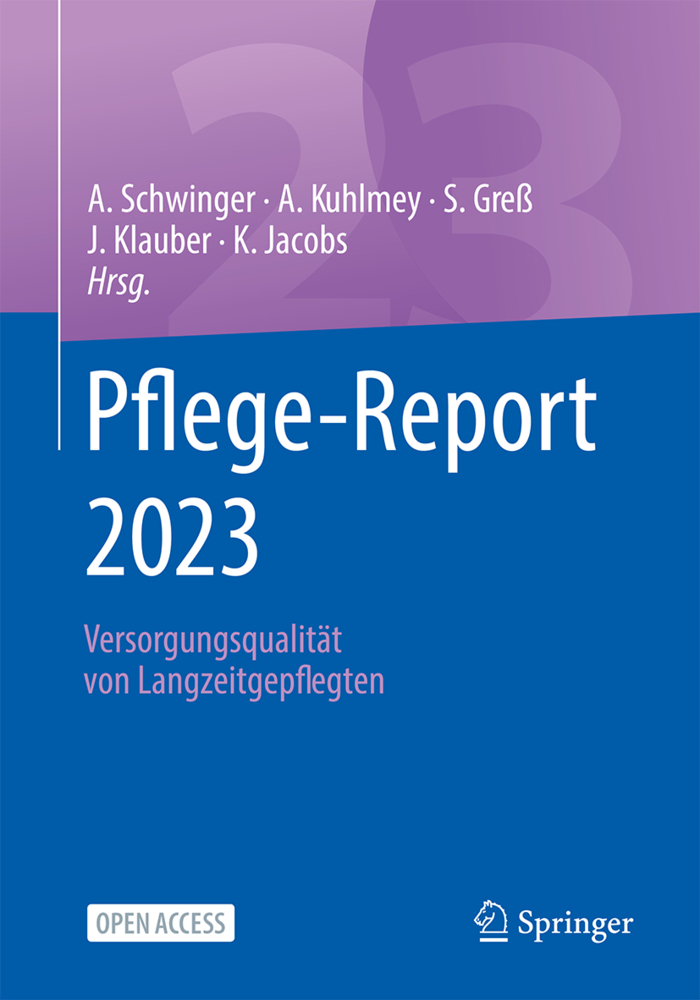The Handbook of Salutogenesis
The Handbook of Salutogenesis
This open access book is a thorough update and expansion of the 2017 edition of The Handbook of Salutogenesis, responding to the rapidly growing salutogenesis research and application arena.
Revised and updated from the first edition are background and historical chapters that trace the development of the salutogenic model of health and flesh out the central concepts, most notably generalized resistance resources and the sense of coherence that differentiate salutogenesis from pathogenesis. From there, experts describe a range of real-world applications within and outside health contexts. Many new chapters emphasize intervention research findings. Readers will find numerous practical examples of how to implement salutogenesis to enhance the health and well-being of families, infants and young children, adolescents, unemployed young people, pre-retirement adults, and older people. A dedicated section addresses how salutogenesis helps tackle vulnerability, with chapters on at-risk children, migrants, prisoners, emergency workers, and disaster-stricken communities. Wide-ranging coverage includes new topics beyond health, like intergroup conflict, politics and policy-making, and architecture. The book also focuses on applying salutogenesis in birth and neonatal care clinics, hospitals and primary care, schools and universities, workplaces, and towns and cities. A special section focuses on developments in salutogenesis methods and theory.
With its comprehensive coverage, The Handbook of Salutogenesis, 2nd Edition, is the standard reference for researchers, practitioners, and health policy-makers who wish to have a thorough grounding in the topic. It is also written to support post-graduate education courses and self-study in public health, nursing, psychology, medicine, and social sciences.
1 Salutogenesis from its Origins to the Present
Revised and updated from the first edition are background and historical chapters that trace the development of the salutogenic model of health and flesh out the central concepts, most notably generalized resistance resources and the sense of coherence that differentiate salutogenesis from pathogenesis. From there, experts describe a range of real-world applications within and outside health contexts. Many new chapters emphasize intervention research findings. Readers will find numerous practical examples of how to implement salutogenesis to enhance the health and well-being of families, infants and young children, adolescents, unemployed young people, pre-retirement adults, and older people. A dedicated section addresses how salutogenesis helps tackle vulnerability, with chapters on at-risk children, migrants, prisoners, emergency workers, and disaster-stricken communities. Wide-ranging coverage includes new topics beyond health, like intergroup conflict, politics and policy-making, and architecture. The book also focuses on applying salutogenesis in birth and neonatal care clinics, hospitals and primary care, schools and universities, workplaces, and towns and cities. A special section focuses on developments in salutogenesis methods and theory.
With its comprehensive coverage, The Handbook of Salutogenesis, 2nd Edition, is the standard reference for researchers, practitioners, and health policy-makers who wish to have a thorough grounding in the topic. It is also written to support post-graduate education courses and self-study in public health, nursing, psychology, medicine, and social sciences.
1 Salutogenesis from its Origins to the Present
2 Mileposts in the Development of Salutogenesis
3 Salutogenesis as a Theory, as an Orientation, and as the Sense of Coherence
4 Aaron Antonovsky (1923-1994): The Personal, Ideological and Intellectual Genesis of Salutogenesis
5 Aaron Antonovsky's Development of Salutogenesis, 1979 to 1994
6 Salutogenesis Meeting Places: The Global Working Group, the Center and the Society on Salutogenesis
7 Salutogenesis Post-Graduate Education: Experience from the European Perspective on the ETC-PHHP Health Promotion Summer Schools (1991 to 2020)
8 Key Concepts in the Salutogenic Model of Health
9 The Sense of Coherence: The Concept and its Relationship to Health
10 Stressor Appraisal on a Pathway to Health: The Role of the Sense of Coherence
11 The Sense of Coherence: Measurement Issues
12 Generalized Resistance Resources in the Salutogenic Model of Health
13 Specific Resistance Resources in the Salutogenic Model of Health
14 The Sense of Coherence in the Life Course
15 Salutogenesis: Sense of Coherence in Childhood and Families
16 Salutogenesis and the Sense of Coherence During the Adolescent Years
17 Salutogenesis and the Sense of Coherence in Young Adults not in Employment, Education or Training (NEET)
18 Salutogenesis and the Sense of Coherence in Middle Adulthood
19 Older People, Sense of Coherence and Community
20 Effectiveness of Interventions to Enhance the Sense of Coherence in the Life Course
21 Salutogenesis Beyond Health
22 Salutogenesis Beyond Health: Intergroup Relations and Conflict Studies
23 Positive Psychology and its Relation to Salutogenesis
24 The Application of Salutogenesis in Politics and Public Policy-making
25 The Application of Salutogenesis for Social Support and Participation: Toward Fostering Active and Engaged Aging at Home
26 Salutogenic Architecture
27 Salutogenesis in Health Promoting Settings: A Synthesis Across Organisations, Communities and Environments
28 Applying Salutogenesis in Organisations
29 Applying Salutogenesis in Schools
30 Applying Salutogenesis in Higher Education
31 Applying Salutogenesis in the Workplace
32 Salutogenesis and Mental Health Promotion in Military Settings
33 The Applicationof Salutogenesis in Communities and Neighborhoods
34 Applying Salutogenesis in Towns and Cities
35 The Restorative Environment and Salutogenesis: Complementary Concepts Revisited
36 Applying Salutogenesis in Healthcare Settings
37 The Application of Salutogenesis in Hospitals
38 The Application of Salutogenesis in Primary Care
39 Applying Salutogenesis in Mental Healthcare Settings
40 Applying Salutogenesis in Vocational Rehabilitation Settings
41 Applying Salutogenesis in Residential Care Settings
42 Applying Salutogenesis in Midwifery Practice
43 The Application of Salutogenesis in Birth, Neonatal, and Infant Care Settings
44 Applying Salutogenesis in Community-Wide Mental Health Promotion
45 Salutogenesis in Challenging Social Circumstances and Environments
46 The Salutogenic Approach to Childcare in Sub-Saharan Africa: A Focus on Children Who Thrive in the Face of Adversity
47 Salutogenesis and Migration
48 Salutogenic Approaches to Dementia Care
49 Salutogenesis as a Framework for Social Recovery After Disaster
50 Salutogenesis and the Mental Health of First Responders
51 Salutogenesis in Prison
52 Salutogenesis Theory and Methods: Developments, Innovations and Next Steps
53 Theoretical Issues in the Further Development of the Sense of Coherence Construct
54 Qualitative Approaches to the Study of the Sense of Coherence
55 Promoting Salutogenic Capacity in Health Professionals
56 The Digital Lifeworld and Salutogenesis
57 Salutogenesis for Thriving Societies
Mittelmark, Maurice B.
Bauer, Georg F.
Vaandrager, Lenneke
Pelikan, Jürgen M.
Sagy, Shifra
Eriksson, Monica
Lindström, Bengt
Meier Magistretti, Claudia
| ISBN | 978-3-030-79517-7 |
|---|---|
| Medientyp | Buch |
| Auflage | 2. Aufl. |
| Copyrightjahr | 2021 |
| Verlag | Springer, Berlin |
| Umfang | XIX, 651 Seiten |
| Sprache | Englisch |

